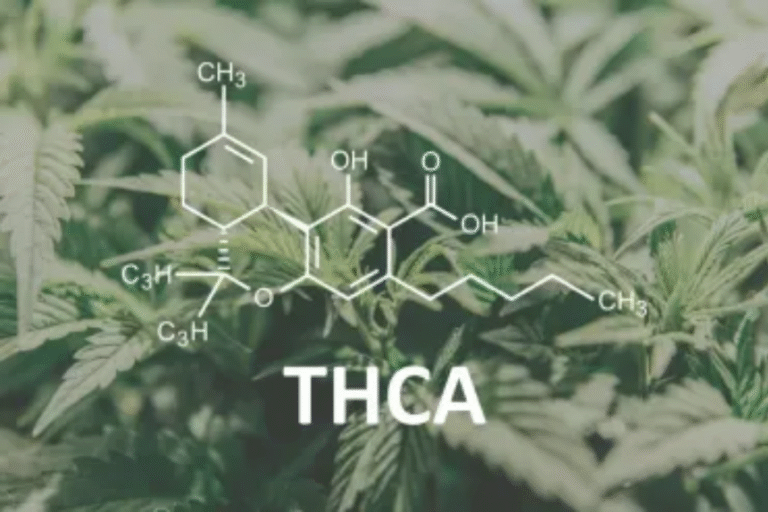Influencers Gone Wild: The Viral Fame Trap Uncovered
In the whirlwind of modern social media, where every swipe delivers a new spectacle, the phrase Influencers Gone Wild captures something more than clickbait. It signals a cultural shift, where the boundaries of personal branding, performance, and profit are blurred in pursuit of viral fame.
This phenomenon is more than scandal or drama. It’s a lens into how digital fame warps identity, how platforms reward extremes, and how audiences both enable and critique the influencers they follow.
What Does Influencers Gone Wild Really Mean?
At its core, Influencers Gone Wild refers to moments when digital creators push past typical norms often through explicit, risky, or controversial content to gain attention or monetize their following.
The term plays on earlier cultural tropes like Girls Gone Wild, but with modern-day social commentary baked in. Today, it’s often used in connection with influencers on OnlyFans, TikTok, Instagram, and YouTube, whose actions go viral for their intensity, indecency, or boldness.
But it’s not just about wild behavior. It’s about what that behavior says about attention economies, identity, and the psychological toll of being always online.
The Rise of Influencer Culture and Viral Platforms
Influencers have redefined what it means to be famous.
Once reserved for celebrities, influence is now built through authentic storytelling, aesthetic branding, or sheer shock value. Platforms like:
- Instagram elevated lifestyle glam and visual perfection
- TikTok made raw, quirky virality the norm
- YouTube fostered long-form trust and tutorials
- OnlyFans enabled subscription-based, often NSFW, monetization
Each rewards different traits, but all prioritize visibility, engagement, and emotional connection.
As algorithmic platforms mature, creators face an arms race of attention, where playing it safe often means being ignored. This is how going wild becomes a tactic for relevance.

The Types of Content That Go Wild
While gone wild can look different depending on the niche, the trend generally falls into several categories:
NSFW or Adult Content
Especially on OnlyFans, influencers often share risqué or explicit material. The more daring the post, the greater the intrigue and potential revenue.
Publicity Stunts & Fabricated Drama
From fake arrests to relationship scandals, some influencers stage drama to spark headlines. These kinds of stories tend to perform strongly on platforms like TikTok and Instagram Reels, capturing quick attention and engagement.
Extreme Challenges
Sexual challenges, massive giveaways, or even dangerous physical feats (like stair-diving or fake car crashes) have gone viral often putting safety or ethics at risk.
Emotional Oversharing
Confessions, tears, and emotional breakdowns attract engagement. But this raw vulnerability is often monetized and sometimes performative.
The OnlyFans Connection: Where Monetization Meets Boundaries
No platform symbolizes the gone wild trend like OnlyFans.
Originally designed for exclusive content, it became synonymous with adult entertainment. Influencers flocked there as traditional platforms censored their content—or as they sought financial independence.
But this came at a cost.
Some creators now feel pressured to escalate content to retain subscribers. In extreme cases, AI bots have impersonated influencers prompting lawsuits and ethical dilemmas over consent and authenticity.
One example: Bonnie Blue, who claimed to have sex with over 1,000 men in one day, later admitted to staging a fake arrest for publicity. Another, Annie Knight, was hospitalized after attempting a sexual world record highlighting how monetization pressures can spiral dangerously.
Public Perception: Applauded, Criticized, and Watched
The public reaction is complicated.
Fans admire bravery and transparency. Others are drawn to the spectacle. But critics say the trend normalizes harmful behavior, exploits trauma, and glorifies dysfunction.
Some common reactions include:
- Admiration: They’re owning their truth.
- Criticism: It’s too much. Where’s the line?
- Curiosity: Why did they do it?
- Hypocrisy: We judge, but we still click.
There’s a voyeuristic appeal to watching someone unravel, but also a cultural responsibility to ask what role we play as audience members.
Legal and Ethical Questions
As influencer content blurs lines, so do the rules governing it.
Influencers today must navigate:
- Sponsorship Disclosures (FTC fines apply)
- Content Ownership (unauthorized use of music/images = lawsuits)
- Platform Guidelines (what’s allowed on Instagram may not be on YouTube)
- AI Impersonation (OnlyFans is under fire for bot-based messaging without creator consent)
The law struggles to keep up. Platforms often avoid responsibility, leaving creators and consumers exposed.
Real Influencers Who “Went Wild”
Let’s look at a few real-world figures whose careers exemplify this trend:
| Influencer | Viral Moment | Outcome |
|---|---|---|
| Belle Delphine | Selling “GamerGirl Bath Water” + NSFW content | Millions earned; massive publicity later banned from Instagram |
| Bonnie Blue | Bonnie Blue sparked controversy with staged arrest rumors and public intimacy allegations | Gaining viral attention but losing public trust. |
| Tana Mongeau | Fake marriages, chaotic parties | Built brand on controversy; now podcast + adult content creator |
| Logan Paul | Suicide forest vlog | Lost major deals, later rebranded as a boxer |
These aren’t cautionary tales or success stories, they’re both. And that ambiguity defines the influencer era.
Privacy and Monetization Pressures
The darker side? Loss of self.
Influencers often turn their lives into products. Every confession, heartbreak, or wild act becomes content. As platforms demand more, creators feel the urge to overshare.
This leads to:
- Burnout: Performing constantly for the camera
- Doxxing & Harassment: Personal info leaked during scandals
- Subscription Pressure: Fans expect escalating content, especially on NSFW platforms
- Identity Blur: The line between persona and person disappears
Social and Emotional Implications
Every viral moment has a real person behind it often navigating pressure, judgment, and unseen consequences.
Psychologists note that influencers face unique mental health risks:
- FOMO (Fear of Missing Out): Leads to performative extremes
- Validation Addiction: Dopamine spikes from likes/follows
- Loneliness: Real relationships get sacrificed for parasocial ones
- Self-worth linked to engagement: A drop in views = identity crisis
Even viewers can be impacted desensitized to shocking behavior, conditioned to crave drama, or pressured to imitate unrealistic lifestyles.
Platforms, Collaborators, and Audience Complicity
It’s not just influencers. The system that fuels this includes:
- Agencies: Pushing creators to “go harder” for higher returns
- Platforms: Rewarding engagement over well-being
- Brands: Partnering with controversial figures for clout
- Viewers: Clicking, watching, sharing
If the system rewards chaos, chaos becomes currency.
Related Trends: Beyond the Influencer
“Gone wild” isn’t confined to influencers. It’s part of a broader digital pattern:
- Shock Value Marketing: Brands staging controversy to go viral
- AI-Generated Drama: Chatbots stirring fake stories for clicks
- Reality Blurring: Livestreamers staging “real” life moments
- Digital Exhibitionism: Fame through extreme personal exposure
These aren’t trends, they’re symptoms of an ecosystem that thrives on attention at all costs.
Conclusion: A Culture at a Crossroads
Influencers Gone Wild isn’t just about individuals behaving badly. It’s about a culture caught in the gravity of performance, profit, and pressure.
It reveals the fragile dance between authenticity and spectacle, between empowerment and exploitation. It challenges us to rethink our relationship with fame not just who we follow, but why we watch, and what we reward.
Also Read: InfluencersGoneWild: The Truth Behind the Viral Trend






